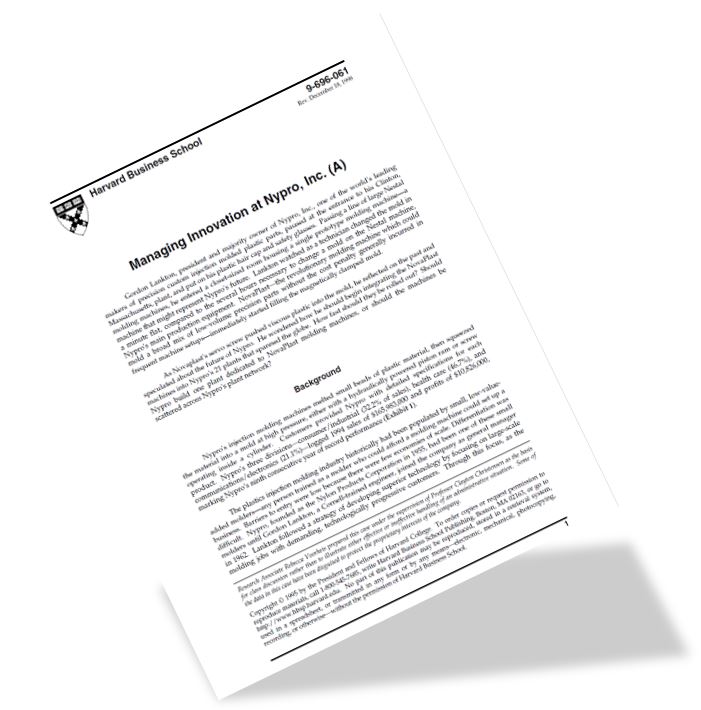How will the MBA experience at Stanford GSB be affected by the Coronavirus?
/Stella is a member of Ivy Admissions Group and went to Stanford GSB for her MBA.
Unlike HBS, Stanford did not give people the option to defer unless there are special circumstances.
When I read the news, my head was spinning with questions. How will I bond with my classmates? Will the networking be different? Will the virtual class experience be subpar to in person instruction? Will we get to move into housing?
After attending many Q&A live sessions with the dean of admissions, housing and my fellow classmates, I am starting to get a picture of what the MBA experience at Stanford will be like. I am actually optimistic and excited for the year to start.
Here’s why the Stanford MBA Experience will still be worthwhile during COVID19*:
1. The fall quarter will be a hybrid approach. This means that large lectures will be remote while small group discussions will be in person. Many classes were already flipped classroom pre-COVID where lectures are delivered online and in-person time is used for problem solving. With restrictions around crowd size this is easier to deliver.
2. Discussions with professors and others are still happening now. These interactions may just be 1:1 on campus walks with masks on.
3. There will still be chats with industry leaders. They actually expect that it will be easier to get people to speak to the class because it’s easier to jump on a zoom than fly to campus.
4. The NPS score for MBA students right now is currently 73 which is high. The school’s priority is to maintain this going forward.
5. Experiential courses will be prioritized to be among the first to be offered in person.
6. Alumni have been very supportive and finding opportunities for current students.
7. While pre-MBA international trips have been cancelled, there’s many students self-organizing National Park and Lake Tahoe trips. There will just be a smaller group size and coronavirus specific rules to follow.
*These details may change. I would check here for the latest.
Dealing with the “New Normal”
While the situation is not ideal, I’ve been impressed by how my future classmates have made the most of it. I’ve met most of the class before school even started because of the donut app we use in slack where it randomly matches people in the channel to have a virtual hang out. There have been many entrepreneurial programs to address the impacts of the Coronavirus – I joined a team (1 out of 50 teams) who launched a website to help aggregate financial resources for gig workers. Every week GSBers join Sunday Trivia where we battle it out on random facts in music, sports and history. People also prepare presentations on pain points in their industry during the “Real Problem Is…” webinar series so we can all learn from each other. The list goes on.
The Coronavirus pandemic is a once in a lifetime disruption to the way the world lives and works. If you are thinking through whether or not to apply, there’s no better time than now to head to an MBA program with the world’s best and brightest to think through these challenges and opportunities.
























